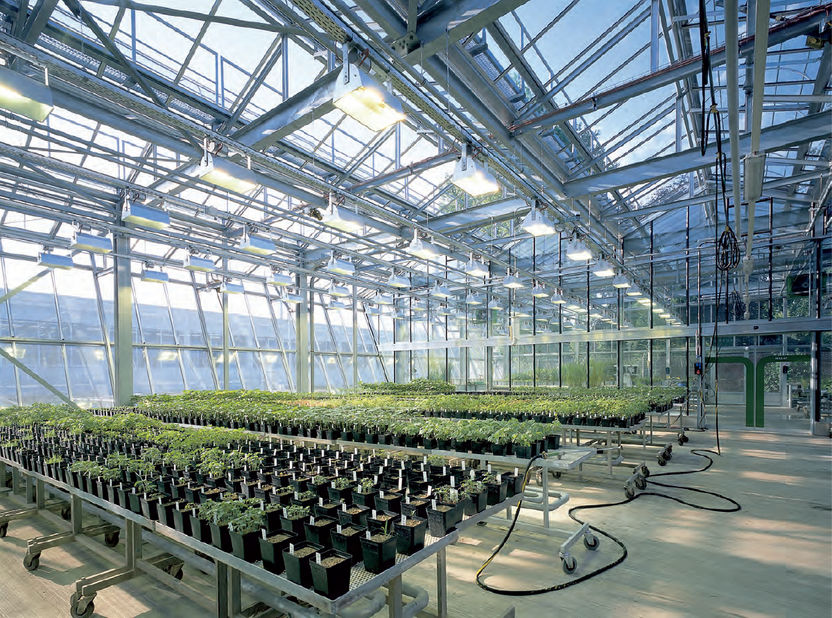
Agricultural and gardening plant locations

Requirements for low-voltage installations in such work locations are contained in tentative standard DIN VDE V 0100-705 (tentative standard of April 2003) which supplements the valid standard DIN VDE 0100 – Part 705 (October 1992). It is based on CENELEC harmonisation document HD 384.7-705 and IEC 60364-7-705, 1984. These standards cover outdoor as well as indoor facilities, more specifically:
stables for animals, breeding and growing rooms, factory farming rooms and areas (pig-fattening farms, freshwater fishery, fish farming) as well as their auxiliary rooms such as feed kitchens and feed processing stations, milking parlours and milk chambers;
storage and storerooms such as barns, stores for straw, fertilisers and grain as well as greenhouses;
rooms for the processing of agricultural and horticultural products, e.g. drying, steaming, pressing, fermenting, slaughtering, meat processing etc.;
living quarters and auxiliary rooms belonging to these work locations if they are connected to the agricultural and horticultural work locations via metal pipes, protective conductors etc.
In stationary installations, fault-current protection devices with I ≤ 300 mA for general areas and I ≤ 30 mA for outlet circuits must be employed. Outlet and luminaire circuits must be protected using overload safety switches for up to 16 A.
The entire installation (possibly also divided up into buildings or sections) must allow for disconnection via all-pole switches with discernible switch positions accessible at all times (except earthed conductors). If the operating status is not discernible from the switching point, it must be indicated via a clearly visible light signal. This applies to light switches in particular.
In standing, resting and milking areas, all conductive components exposed to cattle must be interconnected via an additional potential equalisation and connected to the protective conductor.
Construction regulations contain special requirements regarding the installation of cables and lines, switching devices, transformers, machines, plug connectors and heating devices for factory farming.
Electrical equipment must feature a minimum protection rating of IP44.
Luminaires must feature IP44 protection ratings where dust is not present and at least IP54 where dust is present, which is usually the case.
Equipment such as luminaires must be resistant to mechanical impacts as well as moisture, dust, heavily aggressive chemical vapours (e.g. ammonia), acids or salts.
Fire safety, which is also covered by harmonised standard DIN VDE 0100-0705, is particularly significant in agricultural and horticultural work locations. The standard stipulates that luminaires installed in areas exposed to fire hazards consisting of flammable dust deposits on luminaires (e.g. halogen projectors) must be labelled with o.
Luminaires can only be installed at sufficiently large distances to flammable materials. Stackable materials and hazardous work processes (e.g. driving vehicles loaded with such materials past installations) must be considered here.
Depending on the type of hazard in the agricultural work location in question, DIN VDE 0100, Part 482 (covering work locations exposed to fire hazards) and DIN VDE 0100-737 (covering damp and wet areas and rooms) must be observed in addition to DIN VDE 0100 – Part 705.